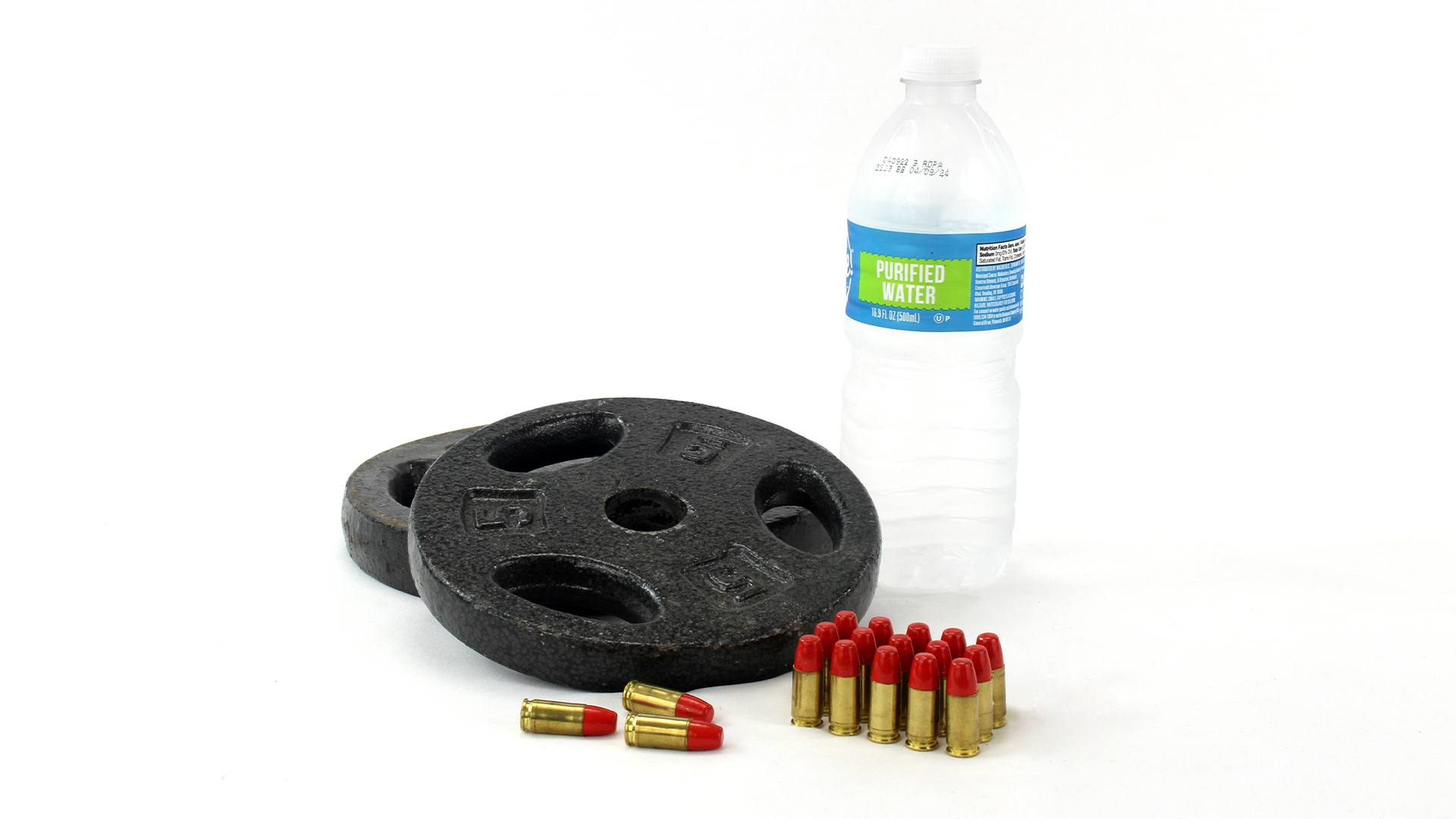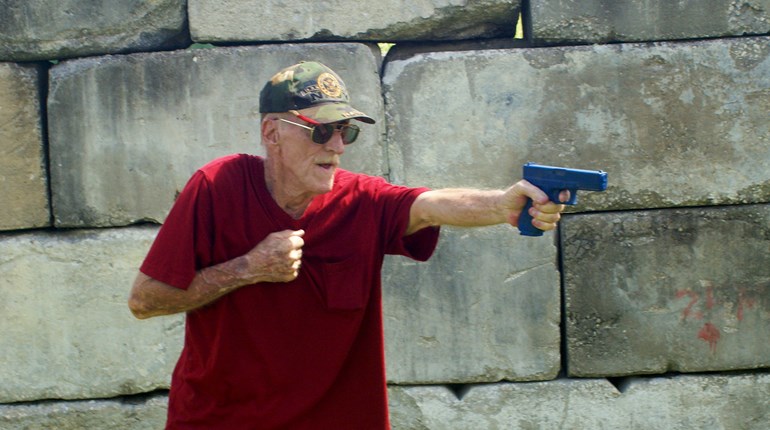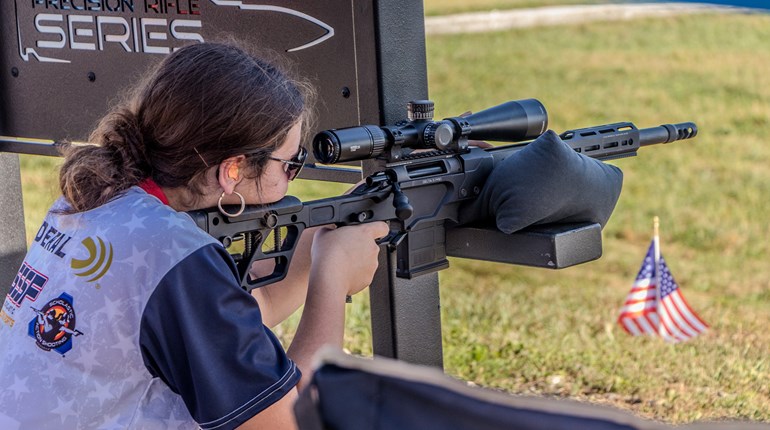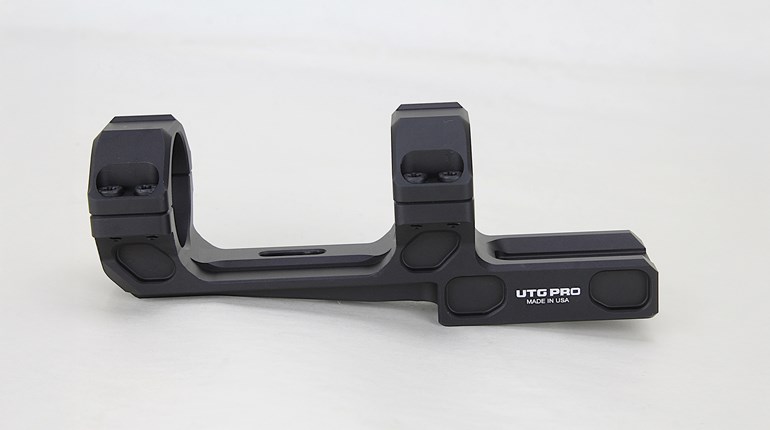
It’s incredible how much time and money we spend perfecting our gear only to shave a few seconds or add a few points to our scores. By getting wrapped up in perfecting and maintaining our equipment, we often forget about what drives it—our bodies. Sure, a better comp might cut a tenth off our splits, but shaving 10 pounds from our waistline will likely take five seconds off a stage. For many reasons, it’s imperative that we take care of ourselves just as much as our favorite firearms.
Exercise
Number one is cardiovascular health. Breathing easier is obviously going to help you navigate a course of fire easier and faster, but there are also many slow-fire benefits. Hitting the treadmill or elliptical a few times a week will eventually reduce your heart rate, reducing the amount of throbbing you might see in a high-magnification scope. Additionally, the better your cardio gets, the longer you can extend your natural respiratory pause, allowing for longer periods to perfect a sight picture and break the trigger. The epitome of this concept can be viewed by watching biathlon shooters zip through a course. Cross-country skiing can take a massive toll on your breathing; however, with enough training, these athletes can race to a shooting position and shoot 50-yard targets as small as 45 mm (1.77 inches) under stress. While good shooting fundamentals and a high-end rifle play a major part in their success, keeping that sight anywhere near the target wouldn’t be possible if a competitor were gasping for air.
Strength training is also essential. The more robust our muscles are, the less they will be stressed during basic handling and maneuvers. I like to point to core conditioning, as these muscle groups are often overlooked. Simple sit-ups, leg raises or crunches will help to strengthen both your abs and obliques, making it easier to twist and bend into positions that might be necessary to complete a course of fire. If getting into these positions is more manageable, you’ll get into them faster and might even entertain other ways to go about specific maneuvers. For instance, when I’m not in my best shape, cross-ankled or open-legged sitting positions become mighty tempting, but when I’ve been going to the gym uninterrupted for a good stretch, I’ll cross my legs and drop into a cross-legged position without hesitation.
Strengthening your leg muscles bleeds into both of the aforementioned categories of fitness, as muscular wheels carry the body more efficiently than chicken legs. I know that when I don’t skip leg day for a few months, I can zip through an IPSC course without feeling like I just took a sprint. However, when months go by where the most strenuous leg exercise I’ve conducted was a vigorous lap around the buffet, I break a sweat just trying to put my gun belt on. As your legs can be used to make you either very mobile or very still, it pays to approach strengthening them for reasons of stability as well. Your legs and core work in tandem to keep you still, and if you pack a little extra mass on them, they’ll help to reduce your wobble area while shooting offhand. Just one day a week packed with squats, deadlifts or even steep incline jogging will pay dividends in a short amount of time.
For cleaning up your pistol presentation and handgun precision, consider working on your arms, back and shoulders. It’s plain to see that these are the major groups that support a fully-outstretched pistol, but few know how fast the benefits of light strength training can be reaped. While resistance training with heavy weight will get the job done far more efficiently, a three-day routine of pushups, pullups and chin-ups will still add substantial stability to your shooting platform in short order.
Drink water
If adding muscle to our bodies and increasing its efficiency is likened to tricking out our favorite race gun, then hydration is the means by which we maintain it. Without ample fluid intake, your muscles will begin to fail, and you will experience unwarranted weakness simply because the muscles are protecting themselves from injury. Chief among them—muscles that control your eyes. Even mild dehydration can cause blurred vision, making a precise sight picture next to impossible. Be sure to pack enough water to get you through the match. There are different ideas about how much water an adult needs; I have always been a fan of ½-oz per pound of body weight, per day. This makes a good starting point and varies from person to person, which is essential because we all have different needs.
Always check with a physician before starting or modifying an exercise routine, especially if you have had any concerning medical events. However, once your doctor gives you the green light, go after it. The exercises I’ve outlined will help you in more than just shooting sports; they’ll enhance your everyday life. A decent exercise routine will make daily tasks easier and help you get more done throughout the day. And don’t forget—if you exercise, you’ll also likely live longer, which translates to more time to practice.



































